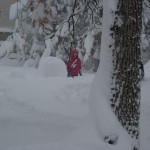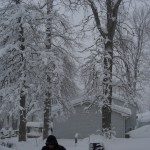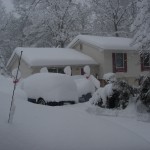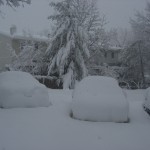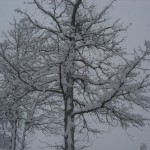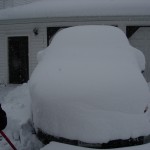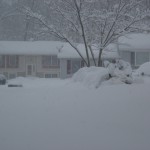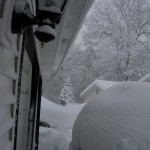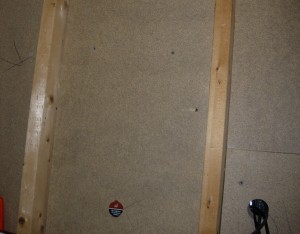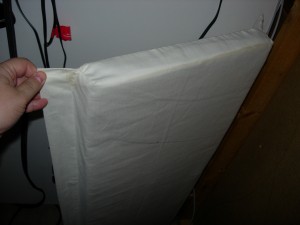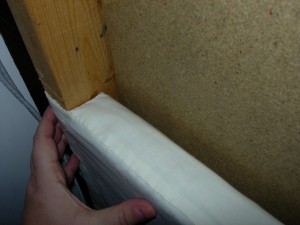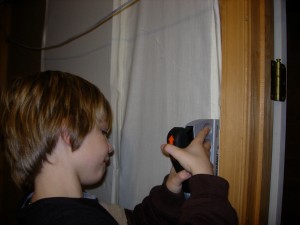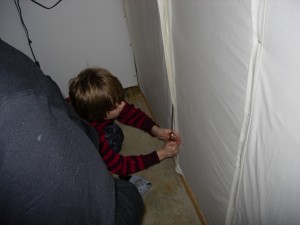Just after we moved here a dozen or so years ago we had a snow storm that was pretty good. It was quite an adventure.
At one point I had to abandon our car in a grocery store parking lot and walk home. On the final stretch of that walk I tried to take a short cut down the hill behind our house and had to abandon the attempt and go around — the snow was up to my waist and 5 minutes of effort would get you only a few meters progress. — I could see the house, and Linda could see me.. we waved, and I turned around to walk the rest of the way on the roads which were just a little better.
The lentil soup w/ ham was amazingly good after that long walk home to our cozy house. We still try to recreate that experience from time to time.
This storm is bigger than that, but we’re not going out in it except to shovel a bit and have some fun. This time we’re well prepared and perhaps a little less adventurous. The boys are having a blast — I hope they’re building some happy memories along with their snow forts. I’m sure they are.
In the midst of all this I can’t help but think of the homeless though. The sleeping bags MicroNeil purchased for TOP arrived on Friday. The original plan was for them to go to DC this weekend. The weather had other plans — We’ll push to get them delivered as soon as possible after the storm. I know the folks at TOP are anxious too.
As the snow falls outside my office window my mind drifts back to home, to the boys playing outside, to the beauty of it, and the memories we’ll make of it.
This kind of snow is the stuff of legend… the kind of thing that only happens around here once or twice in your childhood and maybe a few times in your life. That keeps it special. For folks who live much north of here it’s probably just another snowy day.
For us here in the mid-Atlantic it happens just often enough; and when it does it’s an opportunity for everyone to pause and reflect – to change their lives for a few days, talk to their neighbors, have a few adventures, and make some memories – stories they can share.
To quote Ernest T Bass: “I was right there in it!”
If you’re here in it with us, or otherwise in similar circumstances, we wish you well and hope all of your adventures ultimately turn into happy memories.

